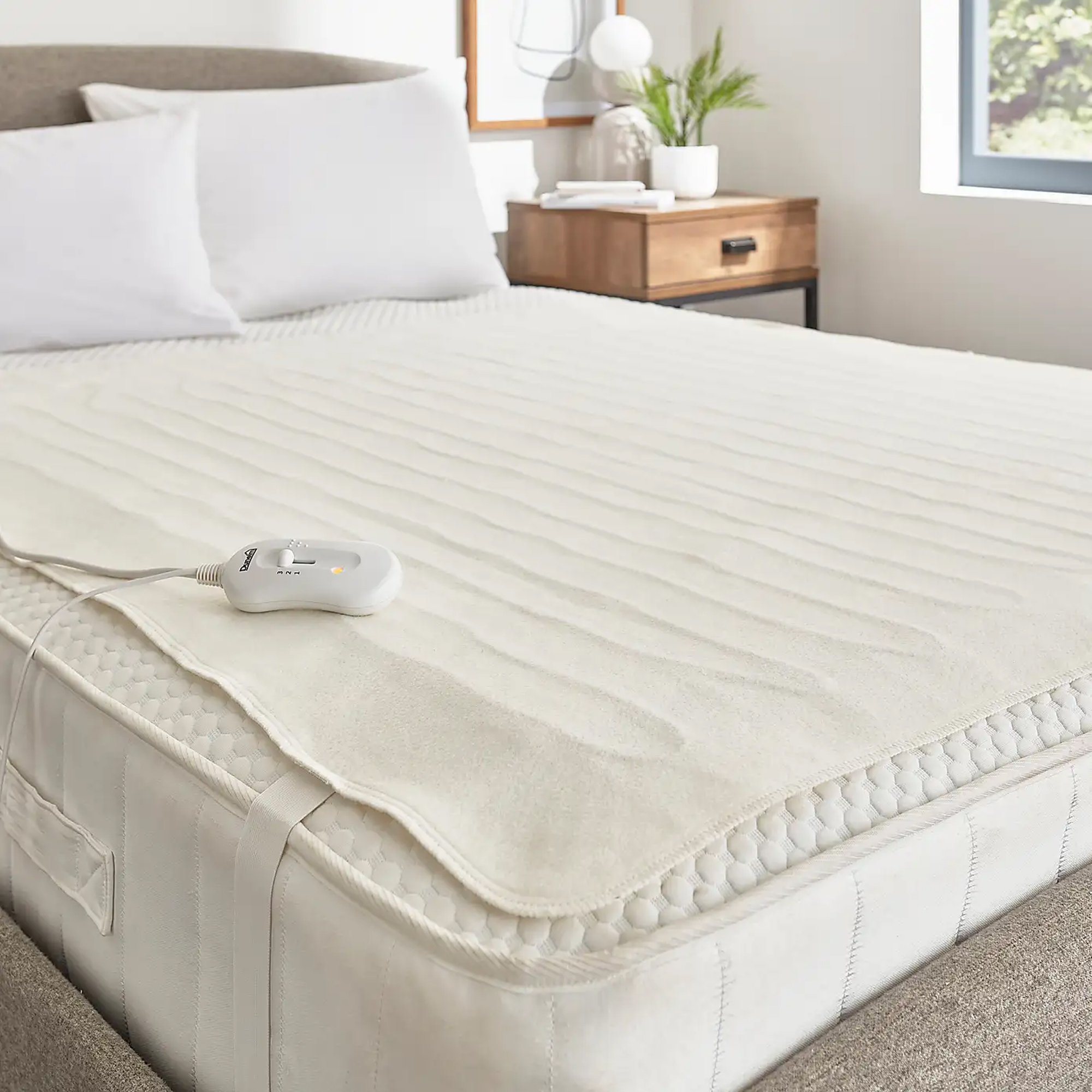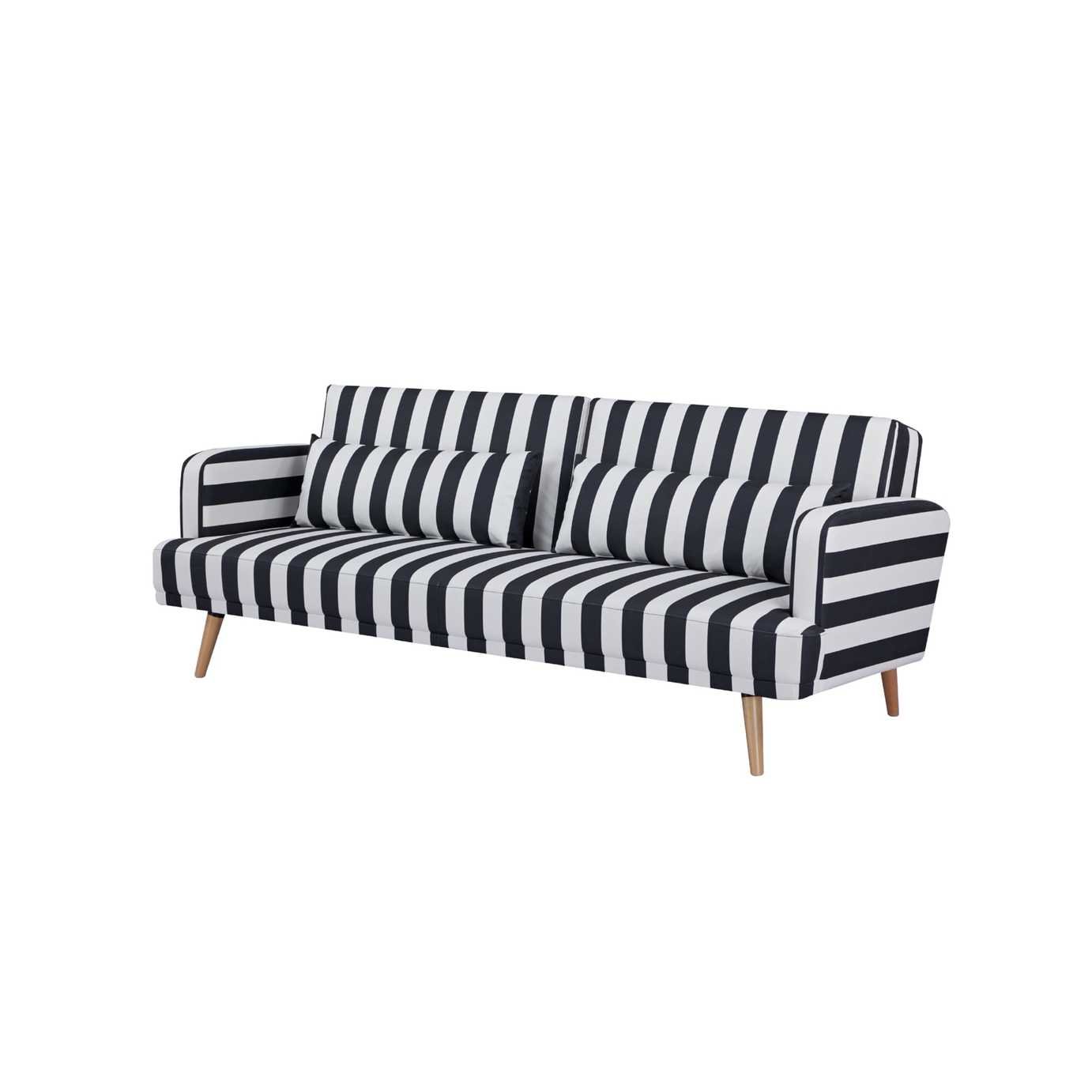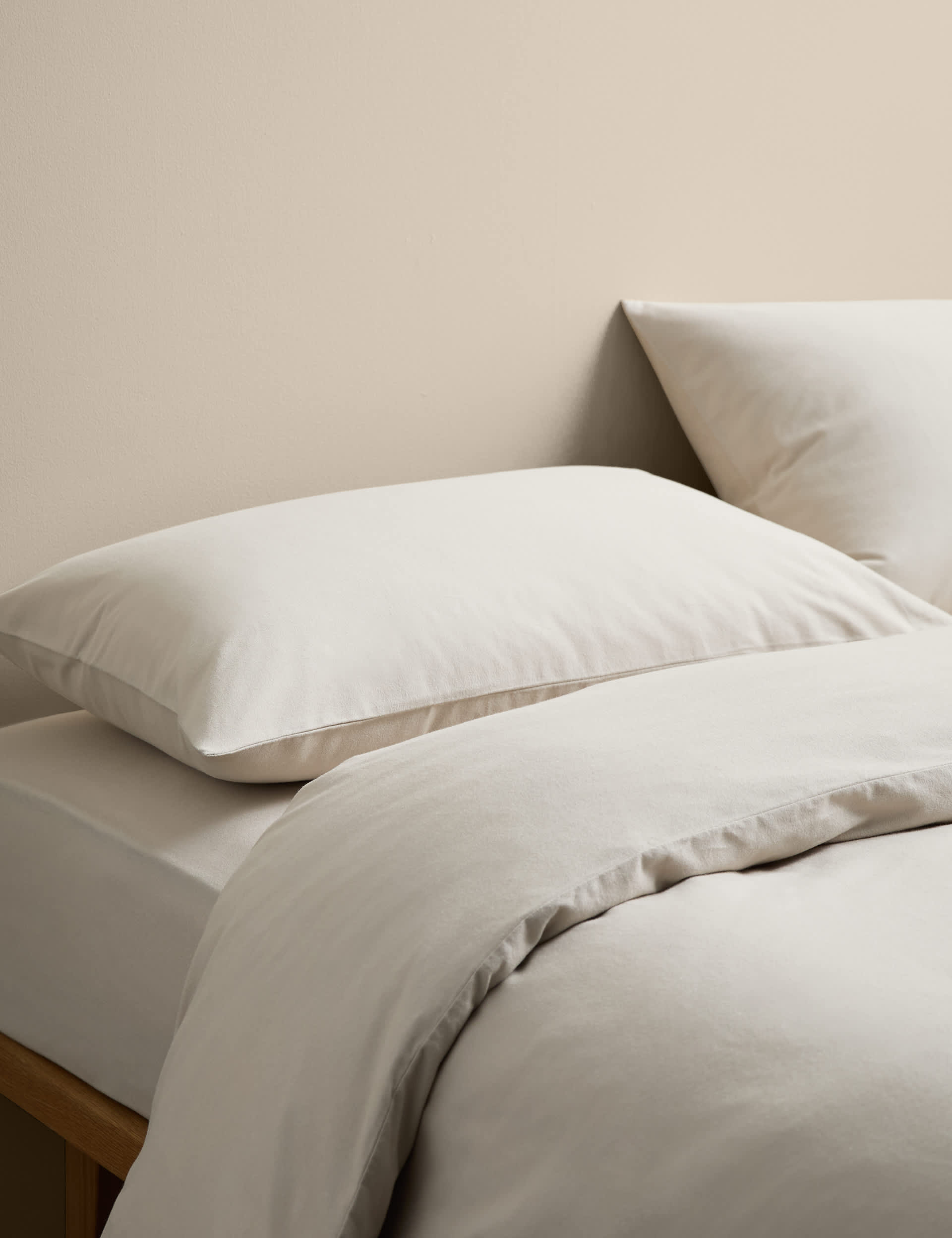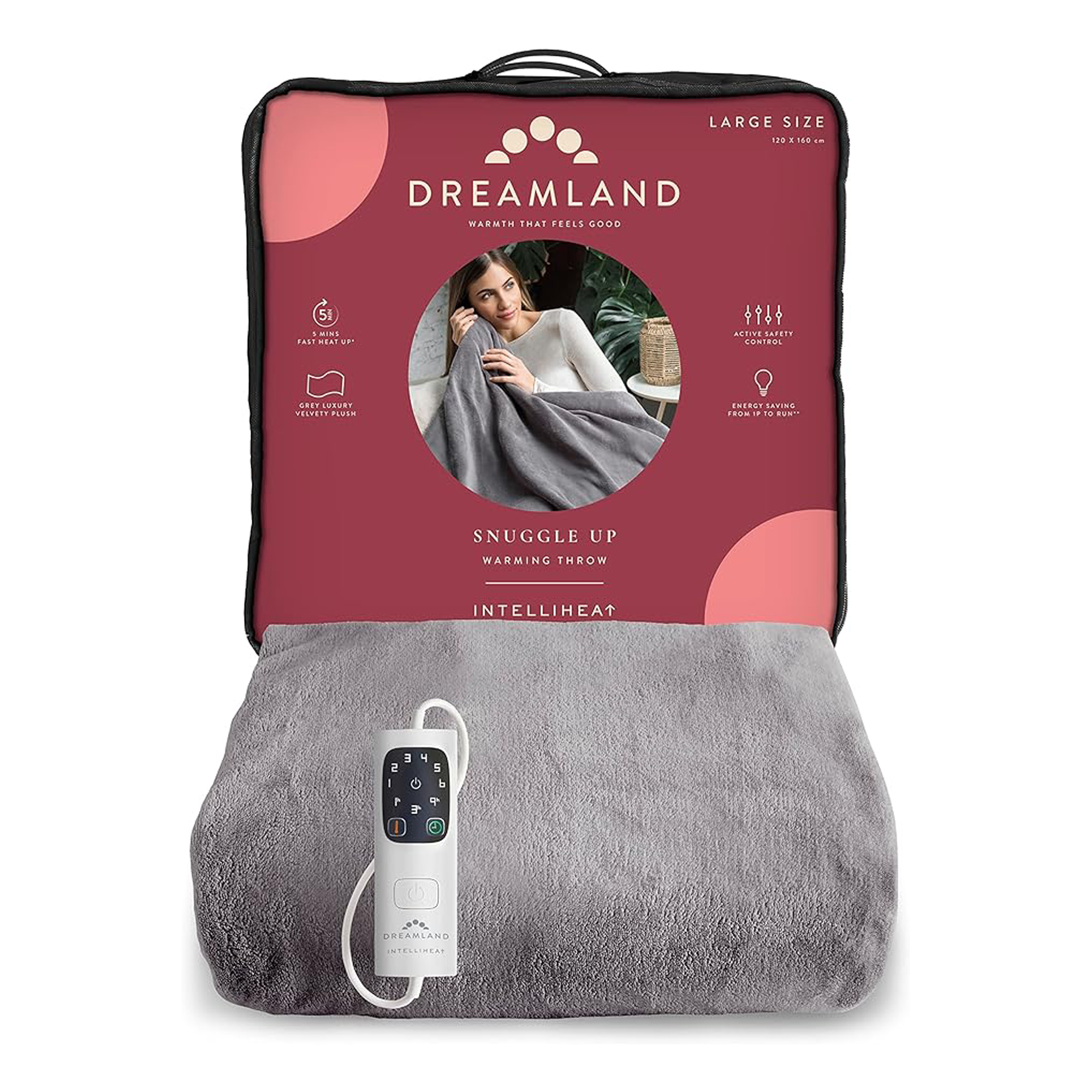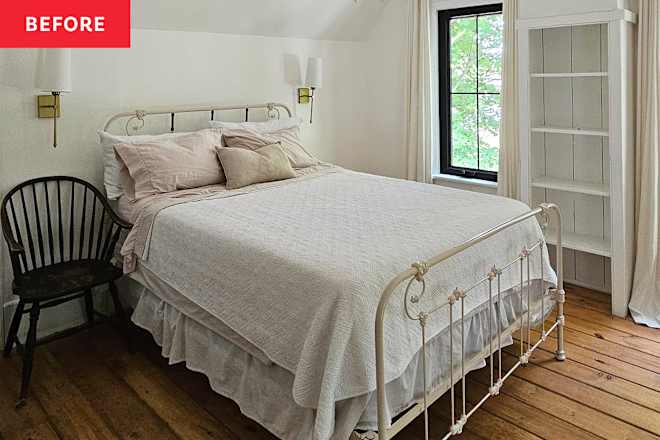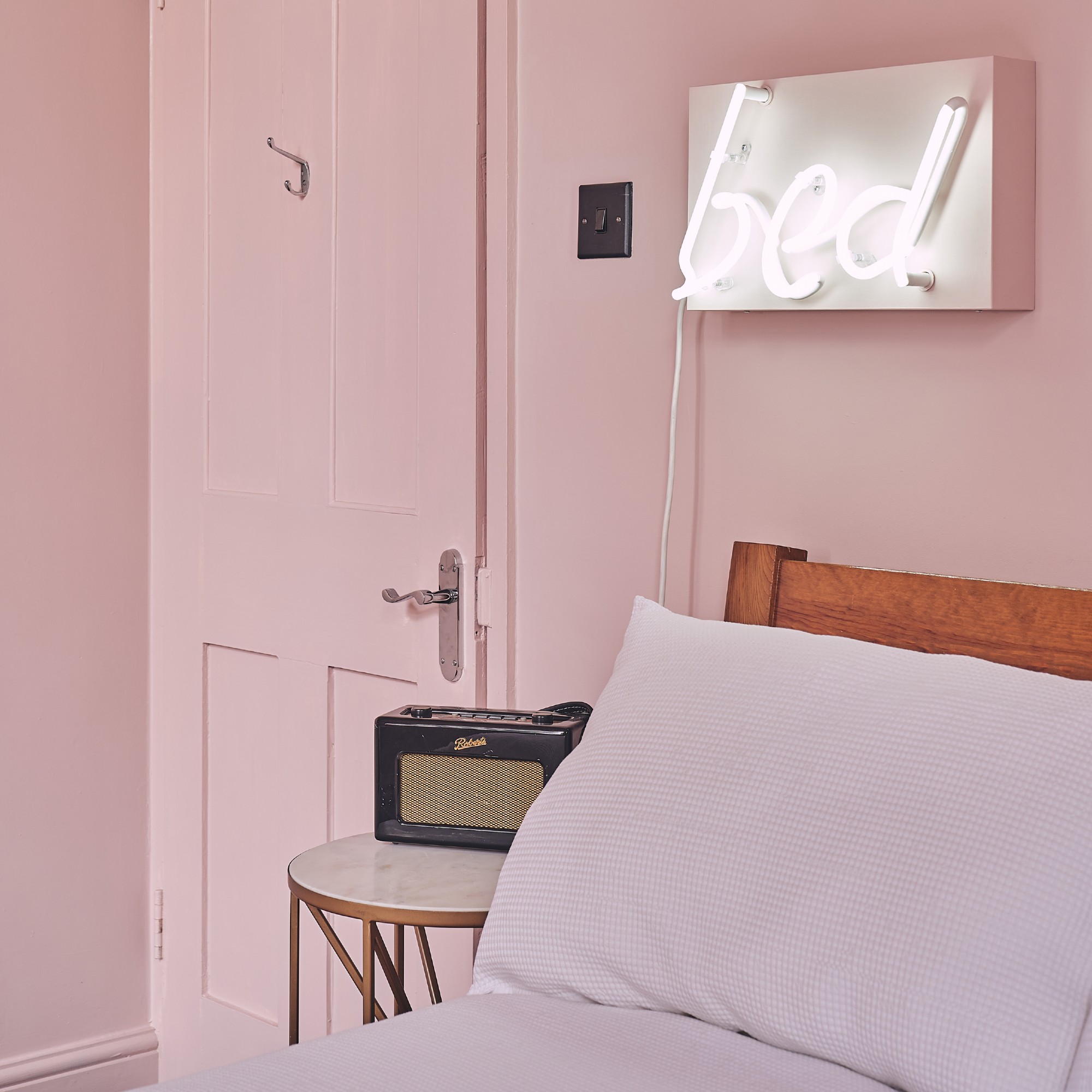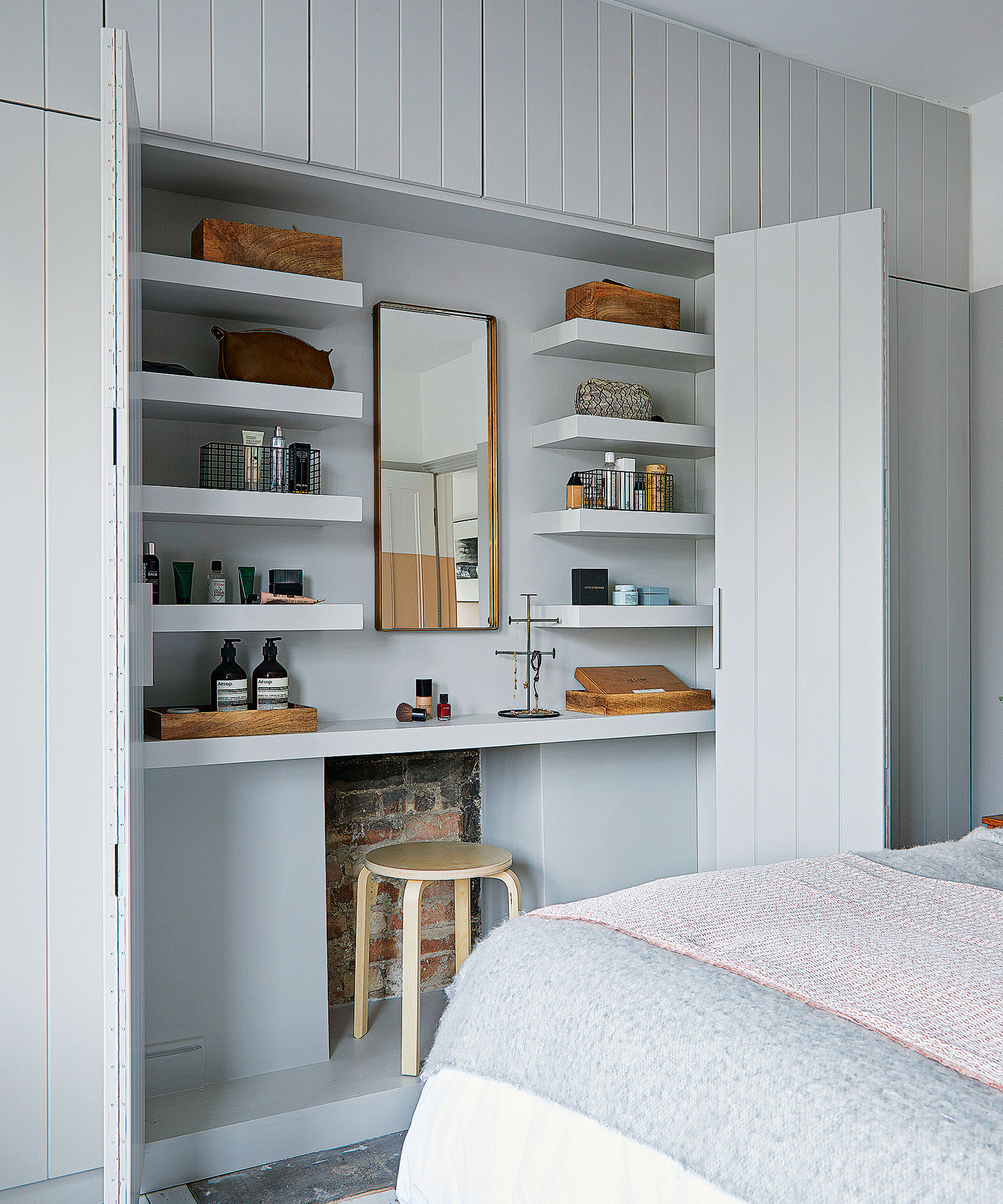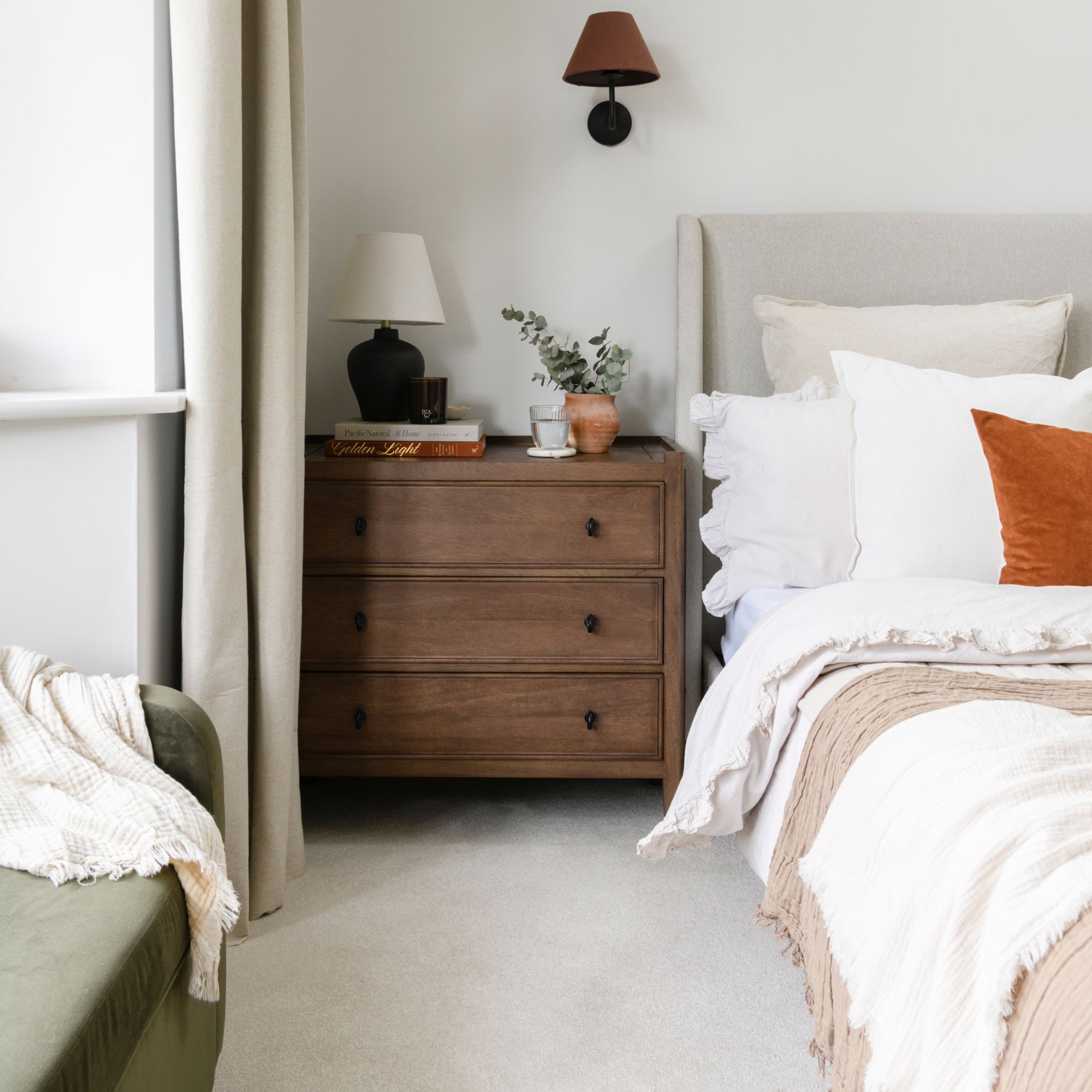I didn’t realise this one thing about electric blankets until I started testing them for a living – it convinced me to buy my own
As the weather has turned colder this month, there’s one thing that’s been helping me to keep the chill at bay during the evenings. That’s having an electric blanket secured to my bed and ready to turn on if and when overnight temperatures drop. Plus, a heated throw folded up on the sofa, ready to … Read more
